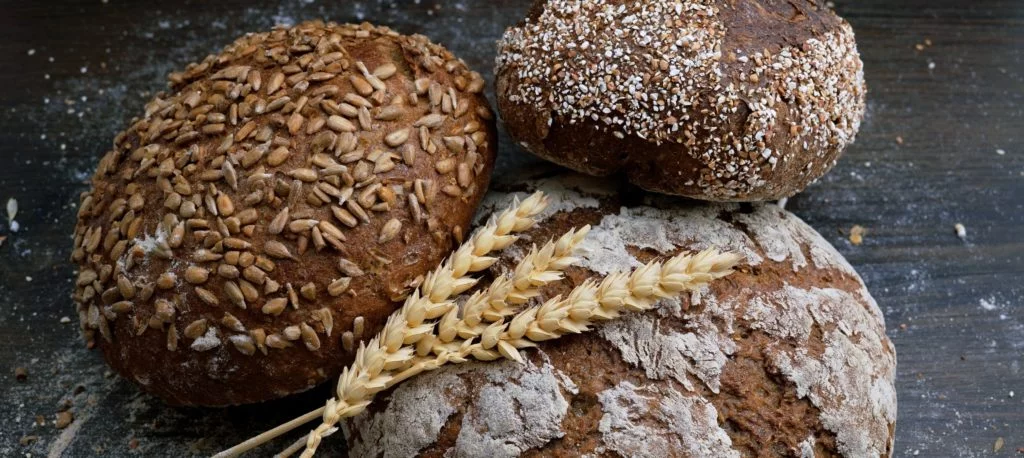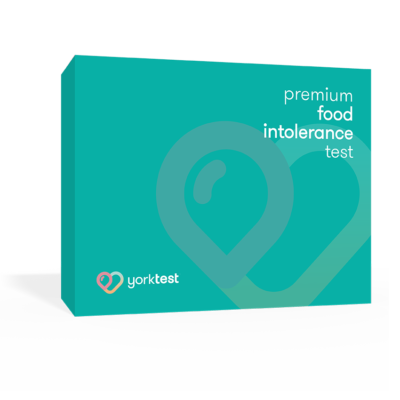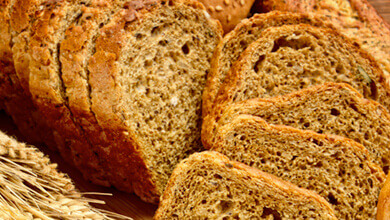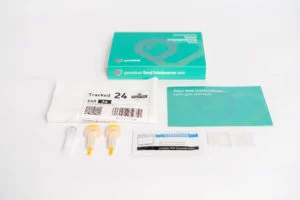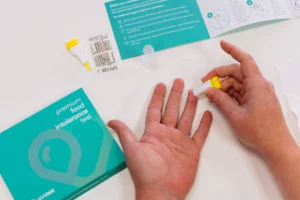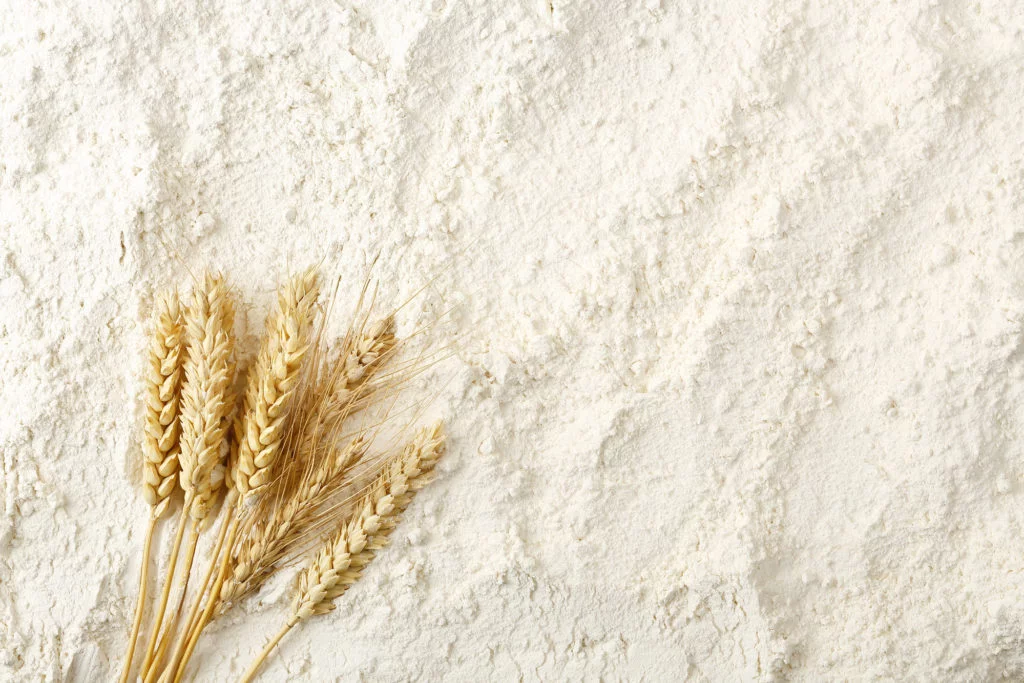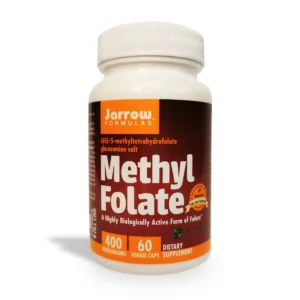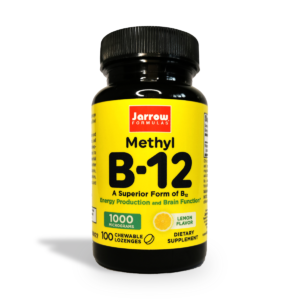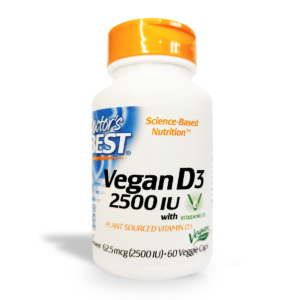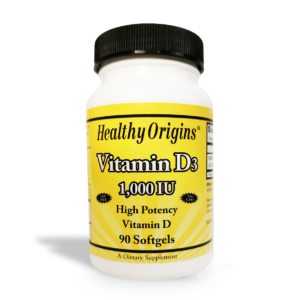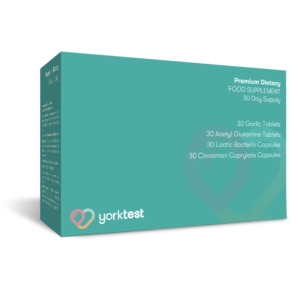What is gluten intolerance?
An intolerance to gluten is a digestive condition that can have symptoms like bloating, abdominal pain, diarrhoea and indigestion. Unlike coeliac disease, a gluten intolerance is not a lifelong autoimmune condition that causes the body’s immune system to attack the small intestine when you consume gluten. However, coeliac disease and a gluten intolerance can display the same symptoms.
Removing foods that contain gluten from a diet is essential for people with coeliac disease (which is estimated to affect 1% of the population) as it can lead to other debilitating problems if left undiagnosed. The digestive condition of gluten intolerance, on the other hand, can be pinpointed and overcome through tests and dietary adjustments.
But, what is gluten, really? Gluten is a protein found in several types of grains – including wheat, spelt, rye and barley (and therefore most cereals and breads). It is composed of the elements gliadin and gluten and is basically the elastic, rubbery protein in grains that binds the dough in bread and other baked goods and gives it a spongy consistency.


